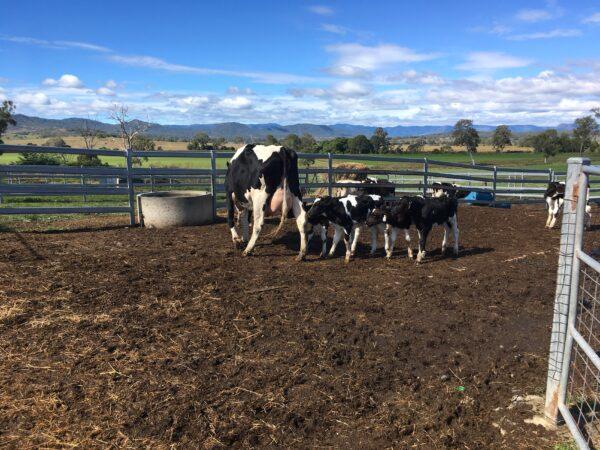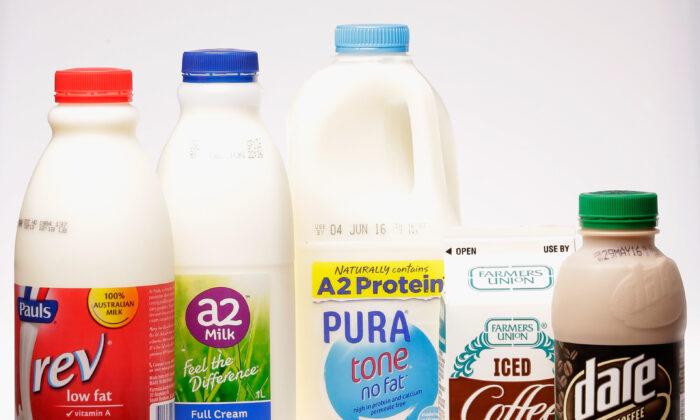Australian consumers will not be hit by a price surge in dairy products in 2023 despite the market outlook pointing to another strong year for farmers, a new report has shown.
However, the bank noted that consumers would face less price pressure due to a drop in input prices for dairy producers.
While data from the Australian Bureau of Statistics showed that dairy prices went up by 15 percent in the 12 months to March, Rabobank said the price hikes in the previous year would not repeat.
“We don’t expect to see another wave of price increases coming through on the dairy aisle,” Rabobank’s senior dairy analyst Michael Harvey said in comments obtained by AAP.
“The retailers–they’re saying no more price increase requests are coming through, and there’s a need to sort of stabilise the food price environment for consumers.”
The bank predicted that farmgate prices for the new season in southern Australia would remain around the same or drop ten percent in the worst-case scenario.
The deadline for Australian dairy companies to offer the minimum milk price to farmers is June 1, and the new prices will be adopted on July 1.
“They (dairy producers) are going to get another good milk price which will ensure that they will make money, and it'll be a good season. And that’s very much needed,” Harvey said.
Milk Production Drops
Despite a positive forecast for milk prices, Rabobank expected a drop in Australia’s total milk production for the 2022-2023 financial year.The bank said as of October 2022, Australian milk production fell 6.6 percent, with widespread decreases across all states and territories.
Rabobank attributed the decline to the impact of production constraints and the consequence of flooding and excessive rainfall.
“And many dairy production regions on Australia’s east coast have been dealing with excessive rainfall and flooding.”

The analyst said heavy rain and flooding had caused significant feed and fodder losses, as well as there being some supply chain and logistics issues.
Domestic and Global Dairy Market Outlooks
In its latest quarterly global outlook, Rabobank said there had been signs of weakened demand in the domestic market due to a drop in Australians’ willingness and ability to spend on discretionary items.This came despite Australian milk consumption remaining resilient in the face of living cost pressures.
Nevertheless, the analyst said Australia would continue to see growth in dairy exports due to improvements in global freight markets and normalising consumer behaviour across Asia following the COVID-19 pandemic.
“Australia’s total dairy export volumes (tonnage) were four percent higher in the first two months of the 2022-23 season. However, it was a mixed bag–liquid milk exports are running strong, but it has been a slow start for cheese and whey,” he said.





